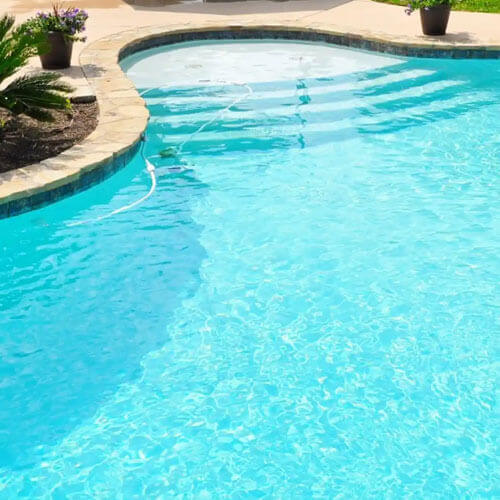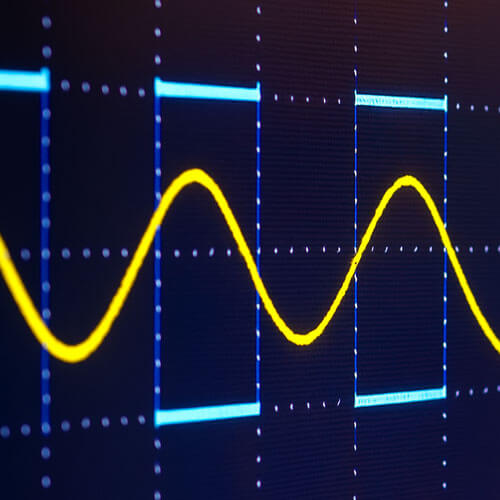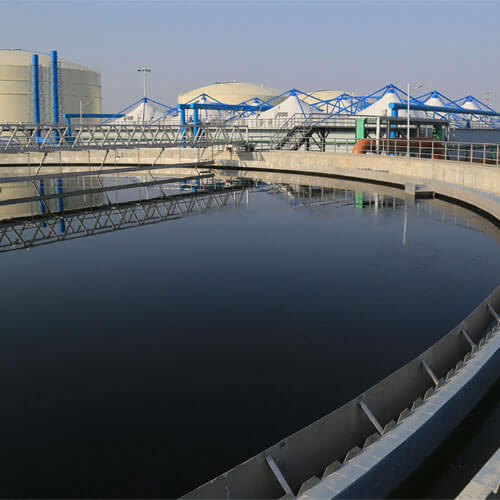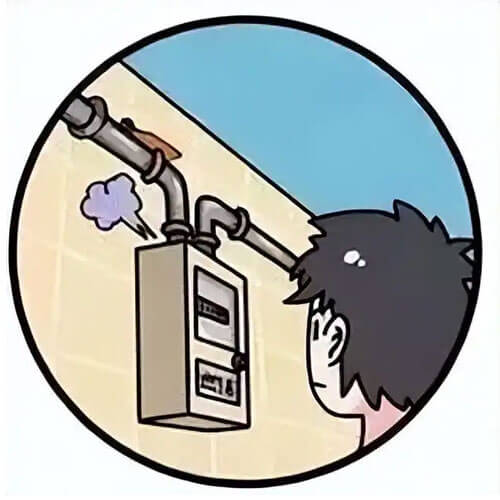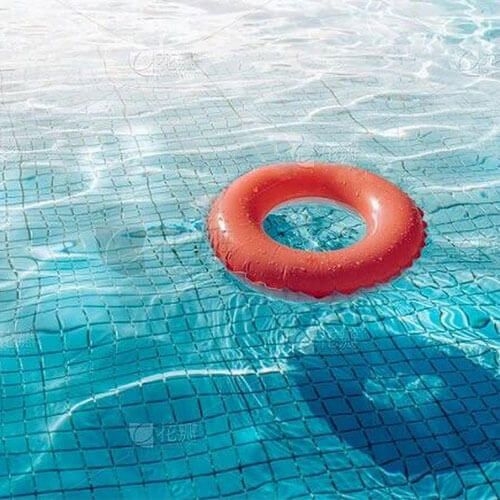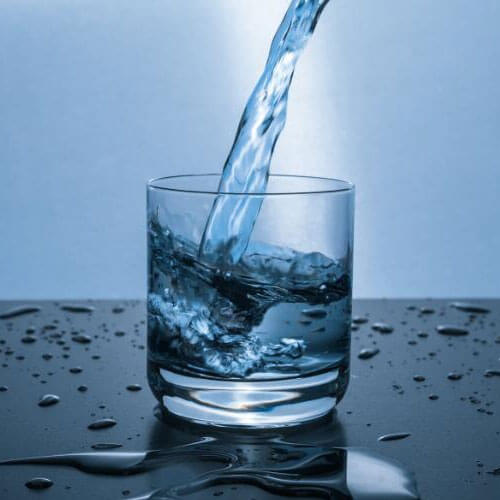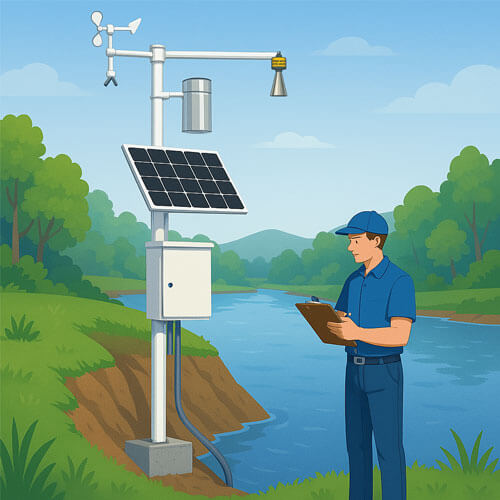Chlorine is a widely utilized chemical element, indispensable in global water treatment strategies due to its potent disinfection capabilities. Its effectiveness lies in its ability to chemically inactivate a broad spectrum of pathogenic microorganisms, including bacteria, viruses, and protozoa. This makes chlorine a cornerstone in both municipal water purification systems and recreational water treatment applications, such as swimming pools.
Upon introduction into water, chlorine undergoes hydrolysis, forming hypochlorous acid (HOCl) and hypochlorite ions (OCl⁻). These compounds constitute the active disinfecting agents, with hypochlorous acid being the more potent form under typical pH conditions. Their combined action disrupts microbial cell walls and metabolic functions, ensuring microbiological safety.
For precise water quality control, it is critical to distinguish between two major forms of chlorine:
- Free Chlorine: Refers to the concentration of unbound chlorine species (HOCl and OCl⁻) available for disinfection.
- Total Chlorine: The sum of free chlorine and combined chlorine (chloramines), which form when chlorine reacts with nitrogen-containing compounds.
Monitoring both free chlorine and total chlorine levels is essential for evaluating disinfection performance, detecting contamination events, and maintaining regulatory compliance. For instance, regulatory bodies such as the U.S. Environmental Protection Agency (EPA) and the World Health Organization (WHO) recommend maintaining free chlorine levels between 0.2–0.5 mg/L in potable water distribution systems, with maximum residual disinfectant levels (MRDLs) not exceeding 4.0 mg/L.
Given its widespread use and public health significance, a clear understanding of chlorine’s mechanisms, forms, and optimal application methods is fundamental for environmental engineers, facility operators, and quality assurance professionals. The following sections will explore these aspects in greater depth to support informed and effective use of chlorine in diverse water quality applications.
Benefits of Chlorine
Chlorine is a chemical element that’s used as an ingredient in a wide range of different types of products. Due to its powerful disinfectant and oxidizing properties, chlorine is extensively utilized in the formulation of household and industrial cleaning agents, particularly those designed for surface sanitation, stain removal, and microbial control.
Beyond cleaning applications, chlorine plays a critical role in the production of a broad array of consumer goods. It is an essential chemical intermediary in the synthesis of materials such as paints, papers, textiles, and pharmaceuticals. One of the most economically significant uses of chlorine is in the production of polyvinyl chloride (PVC)—a durable, lightweight plastic widely used in construction materials. PVC serves as the primary component in plumbing systems, vinyl flooring, cable insulation, and window frames, due to its corrosion resistance and mechanical strength.
According to recent industry data, over 50% of global chlorine production is dedicated to the manufacture of organic and polymeric materials, particularly PVC, underscoring its indispensable role in modern infrastructure and consumer manufacturing.
When chlorine reacts with ammonia or nitrogenous compounds—a common scenario in wastewater or swimming pools—it forms chloramines, which are slower-acting but offer longer-lasting residual disinfection. This dual-phase activity (rapid kill from free chlorine, prolonged protection from chloramines) makes chlorine especially valuable in dynamic water systems like public pools or municipal water supplies.
Beyond water treatment, chlorine plays a vital role in various industrial sectors. It serves as a key reagent in the synthesis of pharmaceuticals, disinfectants, agrochemicals, and consumer goods including plastics, solvents, textiles, and paints. According to a 2023 report from the World Chlorine Council, over 60% of modern pharmaceuticals rely on chlorine chemistry during their manufacturing processes.
Understanding the 3 Types of Chlorine
Effective water disinfection requires not only the presence of chlorine but also an understanding of its chemical forms. Chlorine in aqueous systems exists in three primary forms: free chlorine, combined chlorine, and total chlorine. These categories are crucial for water quality monitoring, particularly in municipal treatment facilities, swimming pools, and industrial water systems.
The basic formula is:
Free Chlorine + Combined Chlorine = Total Chlorine
Each form has a specific role in the disinfection process and requires separate attention for accurate chemical balance and safety.
Video from @SwimUniversity
1. Free chlorine
Free chlorine refers to the amount of chlorine in the water available to sanitize and kill harmful bacteria, viruses, and other pathogens. It exists mainly in two forms: hypochlorous acid (HOCl) and hypochlorite ion (OCl⁻). This type of chlorine is the most reactive form, meaning it is available to react with and neutralize contaminants in the water.
In pool sanitation, maintaining free chlorine between 2–4 parts per million (PPM) is recommended for optimal microbial control. This is also the form most critical for real-time disinfection monitoring, as it reflects the system’s current ability to neutralize contaminants.
Unlike other forms, free chlorine represents available chlorine that has not yet reacted with organic matter or nitrogenous waste. Insufficient free chlorine can result in ineffective disinfection and elevated pathogen risk.
2. Combined chlorine
Combined chlorine forms when free chlorine reacts with ammonia or organic nitrogen compounds, producing chloramines. These compounds are less effective disinfectants and are often associated with the unpleasant “chlorine odor” found in poorly maintained pools.
Although the presence of combined chlorine indicates that free chlorine is actively neutralizing contaminants, levels should remain below 0.5 PPM in recreational water systems. Readings above this threshold suggest the accumulation of chlorinated byproducts and may necessitate corrective actions such as chlorine shocking to restore balance and eliminate odor.
In well-maintained systems, the level of combined chlorine is ideally close to zero, signaling that most contaminants have already been eliminated and free chlorine is available for ongoing disinfection.
3. Total chlorine
Total chlorine is the sum of free and combined chlorine concentrations. It is a useful metric for basic water quality assessments, especially when using inexpensive test kits. In clean water with negligible combined chlorine, total chlorine approximates the level of free chlorine, providing a quick insight into disinfection status.
However, total chlorine alone cannot distinguish between active (free) and spent (combined) chlorine, limiting its diagnostic value in complex water systems. If combined chlorine is elevated, the total chlorine reading becomes less meaningful without further breakdown.
To ensure precise chlorine management, dual-parameter sensors that measure both free and total chlorine are recommended. This allows operators to calculate combined chlorine accurately and optimize chemical dosing strategies.
Free Chlorine vs Total Chlorine
- Free chlorine = Effective sanitizer (what you want to maintain)
- Combined chlorine = Ineffective, smells bad (chloramine)
- Total chlorine = Free + Combined
Ideal pool conditions:
Free chlorine should be 0.5–3 ppm (parts per million), depending on the application.
Total chlorine should not be much higher than free chlorine.
If combined chlorine is too high (Total – Free > 0.5 ppm), shock the water to remove chloramines.
How to Test Free, Combined, and Total Chlorine in Pool?
Routine chlorine monitoring is essential for maintaining safe, sanitary, and visually appealing pool water. Proper chlorine levels not only eliminate harmful pathogens but also help preserve water clarity and prevent the buildup of algae and organic contaminants. For outdoor or uncovered pools—subject to environmental factors like UV exposure, rainfall, debris, and wind—frequent testing is especially critical.
While daily testing is ideal for commercial and high-use pools, residential pools can typically be monitored every 24–48 hours. However, after heavy rain, pool usage spikes, or chemical treatment, immediate testing is recommended.
To assess free chlorine, combined chlorine, and total chlorine, there are three commonly used testing approaches. Each method varies in accuracy, cost, ease of use, and suitability for different environments.
1. Chlorine test strips
Test strips are a quick, convenient, and low-cost option for at-home pool owners. These strips consist of a plastic base with reactive chemical pads that change color upon contact with chlorinated water.
- Usage: Dip the strip into the water for a few seconds.
- Analysis: Match the resulting colors against a comparison chart on the packaging.
- Advantages: Simple and fast.
- Limitations: Provides only approximate values and is subject to interpretation variability based on lighting and user perception.
Test strips can estimate free chlorine and total chlorine levels. However, combined chlorine must be calculated manually using the formula: Combined Chlorine = Total Chlorine – Free Chlorine
2. Chlorine test kits (drop reagent method)
Chlorine drop kits use liquid reagents and a titration process to determine chlorine concentrations with moderate accuracy.
- Usage: Collect a pool water sample and add a specified number of reagent drops.
- Reaction: The water changes color based on the chlorine concentration.
- Interpretation: Compare the sample color to a calibrated color chart provided in the kit.
- Advantages: More accurate than strips; suitable for residential and small commercial pools.
- Limitations: Manual color matching can still introduce subjective error; not ideal for users with color vision deficiencies.
These kits often measure free chlorine directly, and some advanced versions can also test total chlorine, allowing users to determine combined chlorine via subtraction.
3. Digital chlorine sensor
Digital chlorine sensors are the most precise and reliable method for chlorine monitoring. These handheld water quality analyzer use electrochemical sensors or photometric technology to provide real-time measurements with laboratory-grade accuracy.
- Usage: Insert a sensor probe into the sample or water body.
- Output: Displays chlorine levels on a digital screen, often in PPM (parts per million).
- Advantages: Highly accurate and objective. Ideal for commercial facilities, public pools, and research applications. No color comparison required.
- Limitations: Higher initial cost; may require calibration and maintenance.
Advanced digital water quality sensors can simultaneously measure free chlorine, total chlorine, pH, and other parameters—making them indispensable in municipal water treatment, industrial process monitoring, and environmental compliance testing.
Renke Water Quality Monitoring Devices
Renke offers a wide range of accurate and durable water quality sensors designed to test the chemical composition of swimming pool water. While test kits may be sufficient for some basic applications, we highly recommend using our chlorine sensor. This advanced sensor ensures consistently accurate readings, enabling you to determine whether the pool is clean or requires shock treatment.
In addition to chlorine sensors, we also provide complementary pH sensors to help you precisely measure the pH levels in water. For various application environments, Renke delivers tailored water quality monitoring solutions. We offer a complete system for data acquisition, transmission, and analysis. If you would like more information about our full range of sensors—such as dissolved oxygen sensor, conductivity sensor, COD sensor, ORP sensor, chlorophyll sensor, turbidity sensor, and more—please feel free to contact us.

